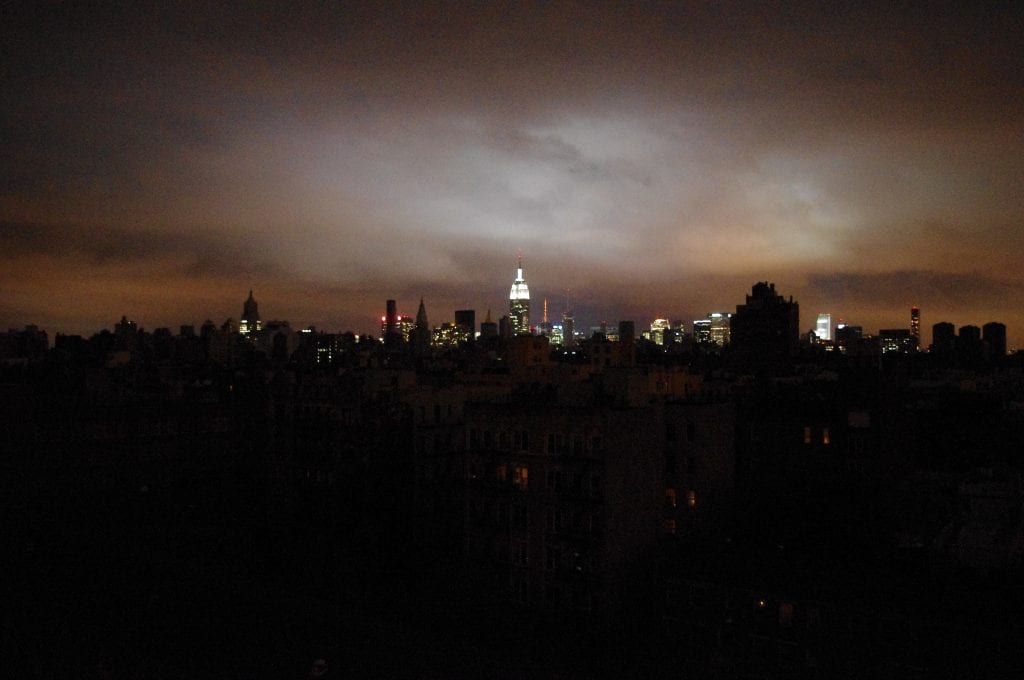
Image source: https://www.flickr.com/photos/shankbone/8145644147
Image the scene. It’s a beautiful summer’s day and the sun is strong. You’re lying on the beach, enjoying a drink, and decide to check your Solar Analytics app because, hey, what are holidays for if not for worrying about your home? It’s looking good, but, suddenly, you see the generation go to zero. Not down a little, as if a cloud passed or a koala has fallen asleep on your panel. No, all the way to zero. Instantly. Panic stations.
Relax, it’s probably just a power cut. Yes, if there is a power cut, your system will shut down. Initially this seems daft – surely the whole point of solar energy is to generate your own power and not need the grid?
Not quite. You see, your system is connected to the grid. If your system kept generating power, it would feed some back to the grid (unless you have zero export control). Now, a power cut could happen for a host of reasons. Let’s imagine a tree has got tired and decided to lie down on a power line… which snapped. The network provider locates the problem and sends someone to fix the line. Great! Unfortunately, thousands of solar systems are still feeding power into the grid, and when the workpeople come to fix the wires… zap. Cue ambulances, signed clothing, and lawsuits. So, to avoid this, during a power cut, inverters have a mechanism to turn themselves off if they detect the grid is down. This is called Anti-Islanding Protection.
There is one way around this, if you really want to make the most of your solar. If you have a battery with an emergency/uninterruptible power supply (EPS/UPS), your system will automatically flip over to run off battery power instead. Usually the solar can also keep charging your battery – it just won’t feed back into the grid. If you get regular blackouts, then this can be a definite solution to consider.
Of course, the minute the grid is fixed, your solar system goes back to normal. Happy days! Back to that drink.










